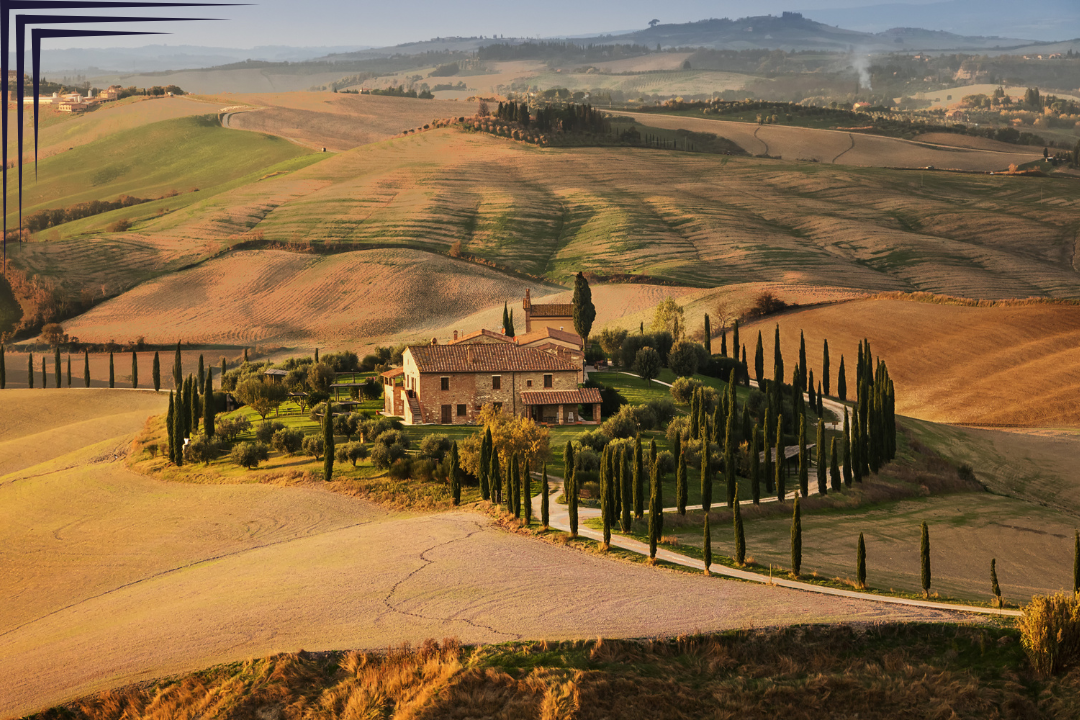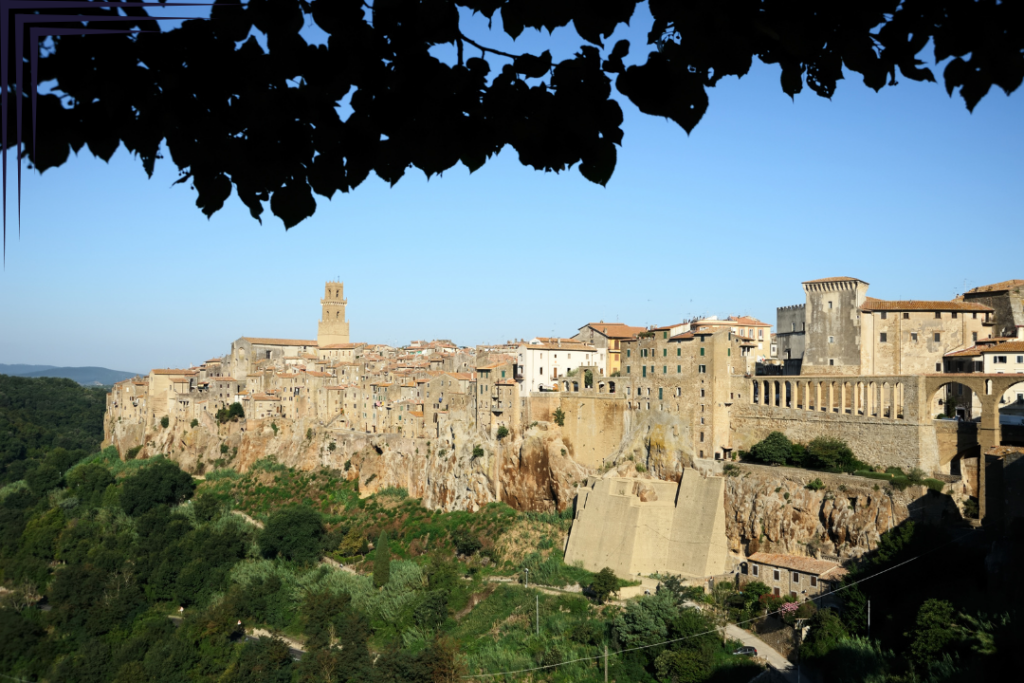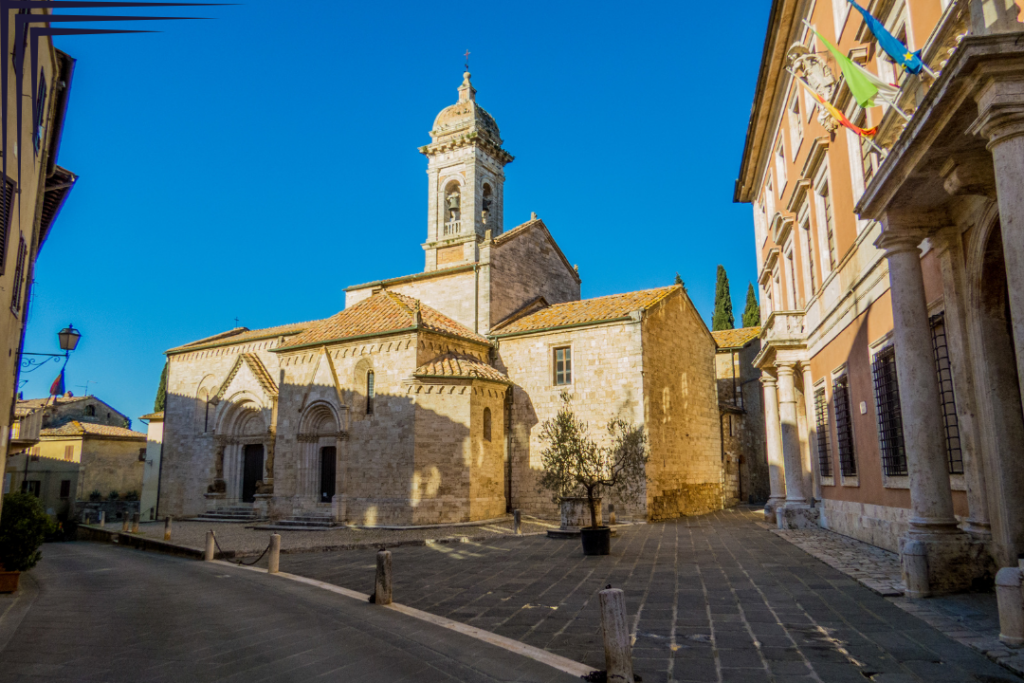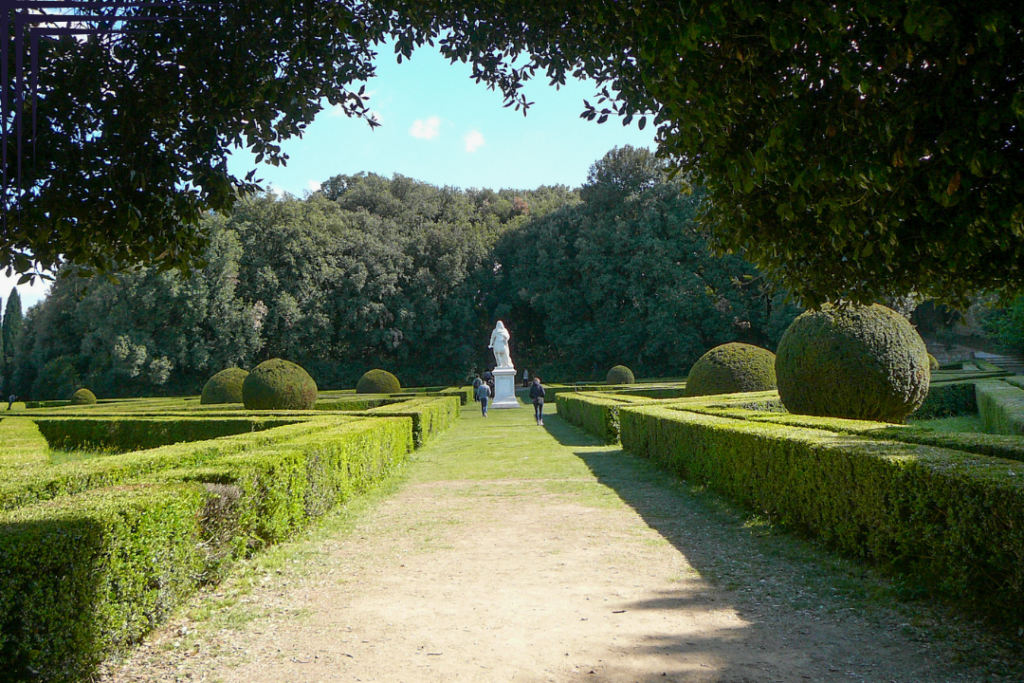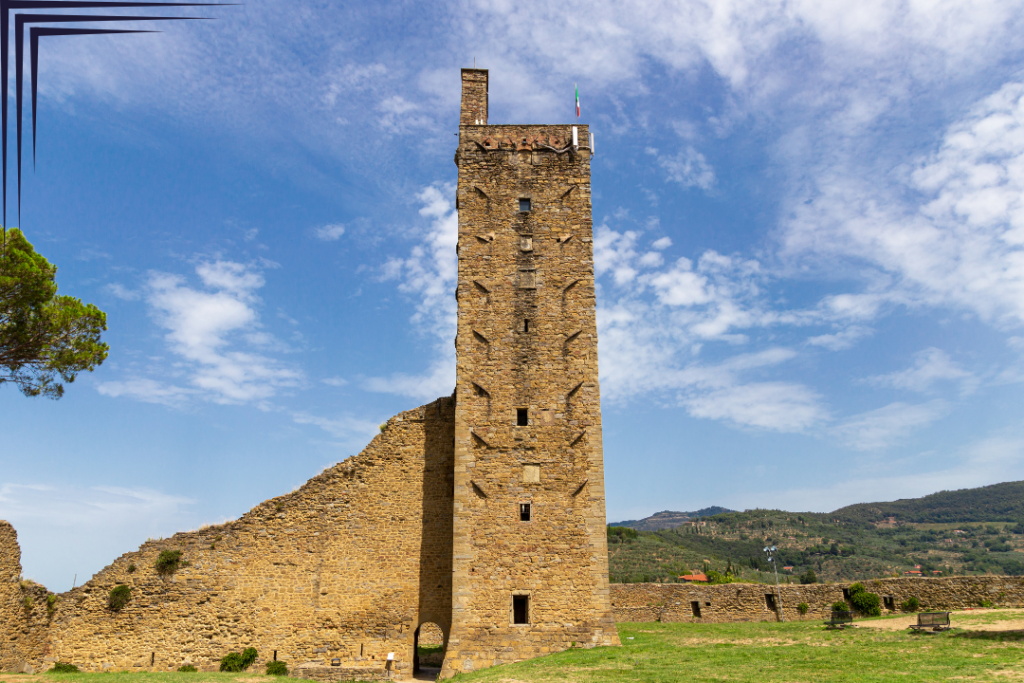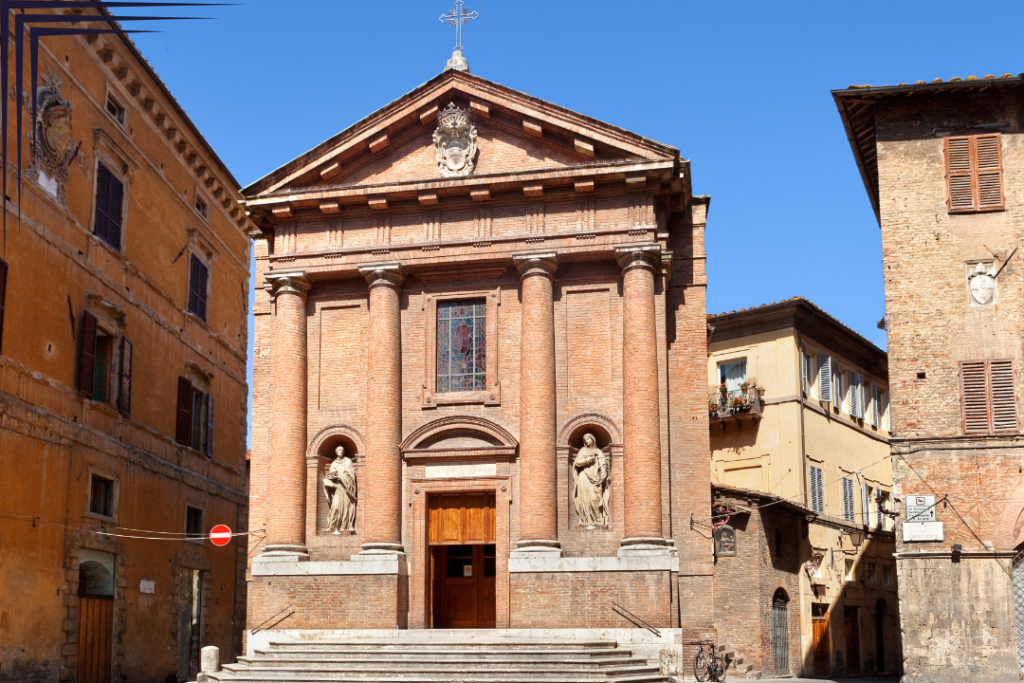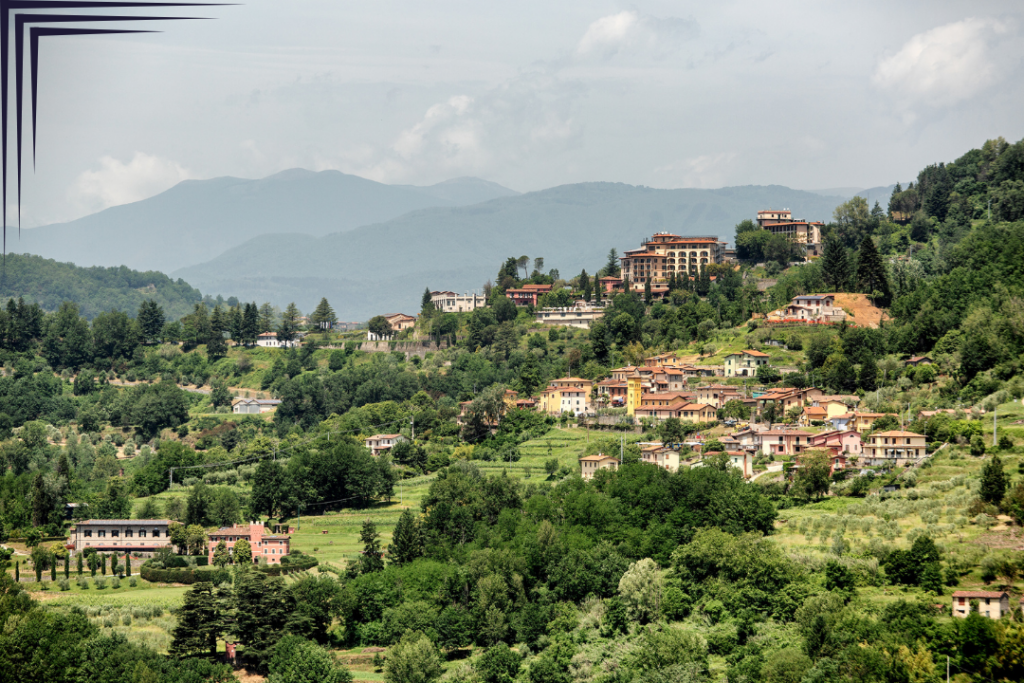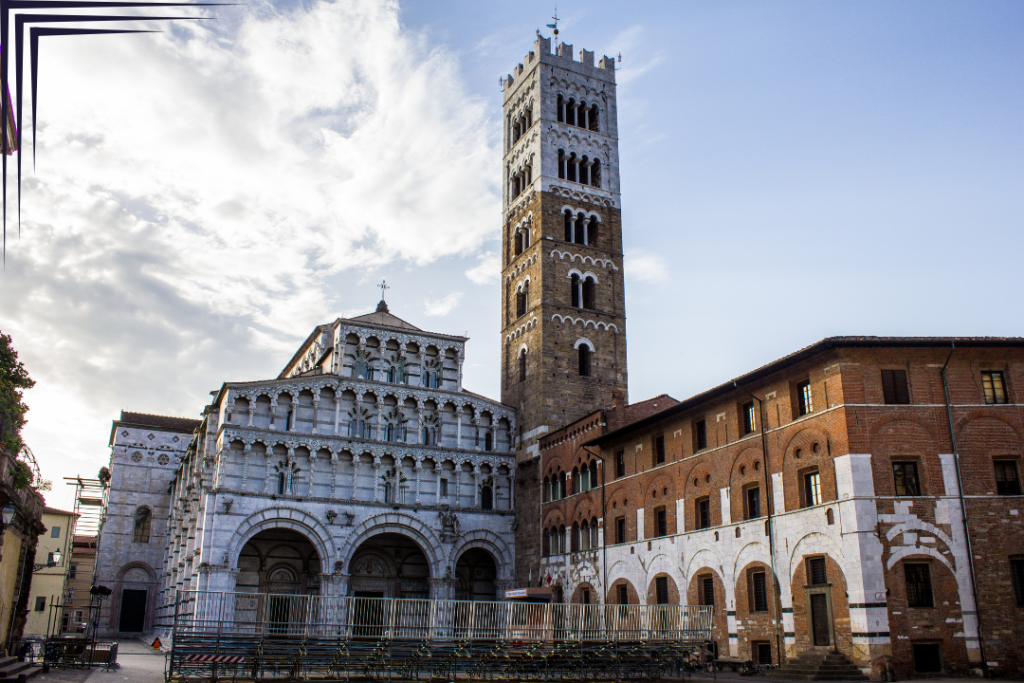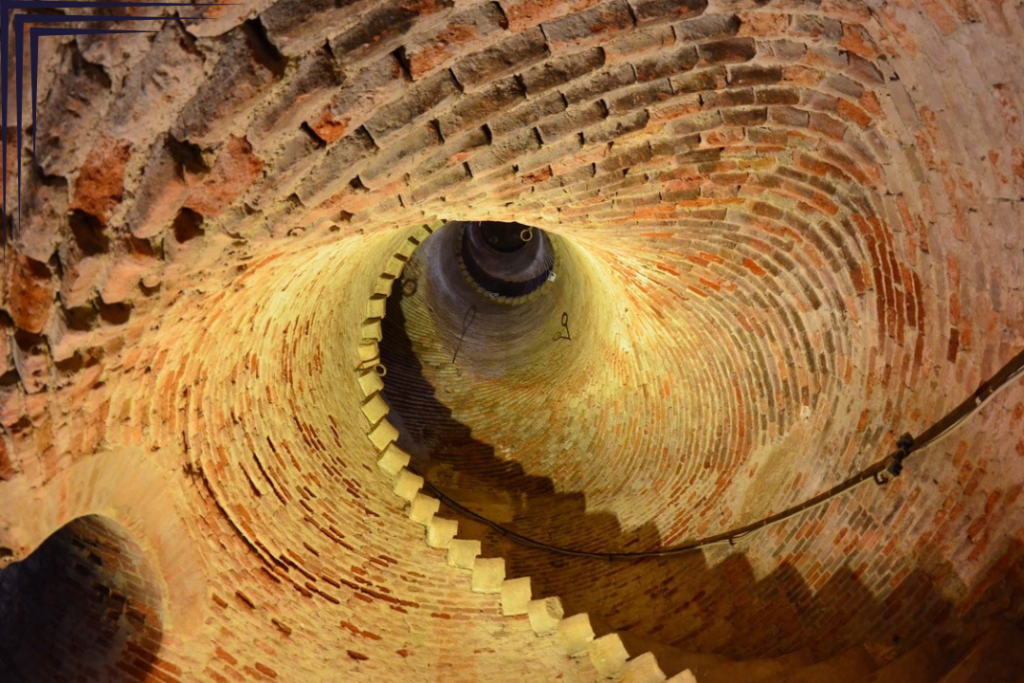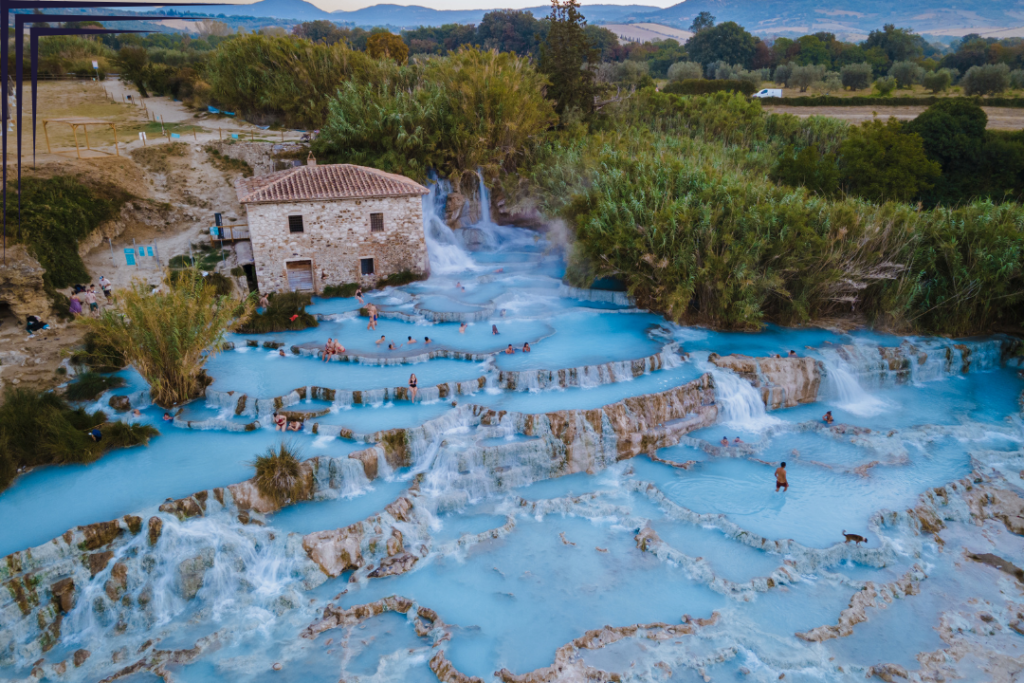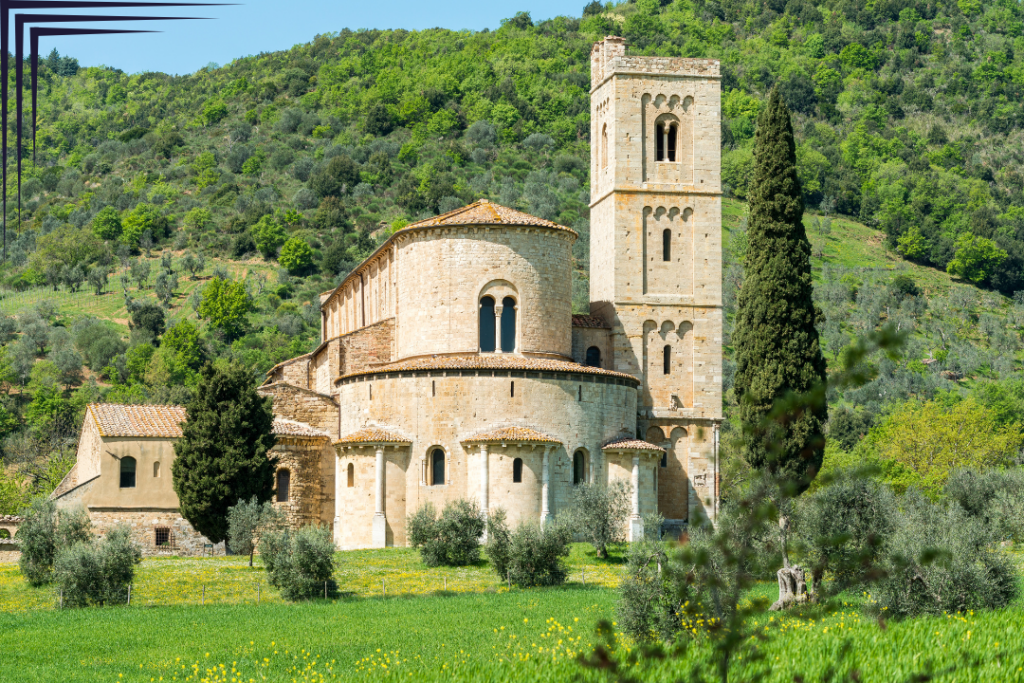Tuscany is renowned for its iconic landscapes, historic cities, and rich culture. While Florence, Siena, and Pisa often steal the spotlight, many lesser-known destinations are worth exploring. Venturing off the beaten path in Tuscany allows you to experience the region’s authentic charm without the crowds. Here are some hidden gems and local secrets for your next trip.
Exploring beyond the famous tourist spots offers several advantages. You can enjoy more authentic experiences, connect with local culture, and create unique travel memories. Off-the-beaten-path destinations often provide a quieter, more relaxed atmosphere, making your trip memorable.
Charming Villages and Towns of Tuscany
Pitigliano: The “Little Jerusalem” of Italy
Pitigliano, often called “Little Jerusalem,” captivates visitors with its historical charm and unique Jewish heritage. This picturesque town, home to a Jewish community since the 15th century, offers a fascinating journey through its narrow alleys and significant sites. You can explore the Museum of Jewish Culture, visit the Synagogue, and follow an intriguing path to the oven used for baking unleavened bread.
As you navigate the maze-like streets, you’ll encounter the Orsini Palace, an impressive Aldobrandesque building. Restored by the Orsini family between the 15th and 16th centuries, it now houses the Civic Archaeological Museum and the Palazzo Orsini Museum. This rich blend of history and culture makes Pitigliano a must-visit destination in Tuscany.
San Quirico d’Orcia: A Historical Gem in Val d’Orcia
San Quirico d’Orcia, a historic village in the heart of Val d’Orcia, boasts a rich heritage dating back to the Etruscan era. Surrounded by olive groves, vineyards, and oak woods, this enchanting village is known for its picturesque countryside and serene atmosphere.
One of the village’s highlights is the Collegiate Church of Saints Quirico and Giulitta, just outside the city walls. This Romanesque church, with records from the 8th century, features three remarkable portals, including one facing Siena with splendid Romanesque design and Lombard-style decor credited to Giovanni Pisano. You’ll find intriguing works under a beautiful trussed ceiling, including an altarpiece by 15th-century Sienese painter Sano di Pietro.
Next to the Collegiate Church is Palazzo Chigi, now the town hall. As you continue along Via Dante Alighieri, you’ll reach Piazza della Libertà, the heart of San Quirico. Here, visit the Church of San Francesco, also known as the Church of the Madonna, which showcases various Gothic elements and a beautiful Virgin attributed to Andrea della Robbia.
The historic center is particularly charming with its paved streets and stone fountains. San Quirico d’Orcia’s significance is enhanced by its location along the Via Francigena route, evidenced by the Scala Hospital that historically offered hospitality to pilgrims.
Don’t miss the Horti Leonini, a typical Italian Renaissance garden designed around 1540 by Diomede Leoni, featuring a Cosimo III de’ Medici statue at its center. Additionally, explore the remains of the Torre del Cassero, a historic medieval tower once standing over 39 meters tall, though sadly destroyed during the Second World War.
Barga: A Medieval Village Between the Mountains
Barga, a charming medieval village between the Tuscan-Emilian Apennines and the Apuan Alps, is renowned for its stunning natural beauty, mild climate, and rich cultural heritage. Recognized as one of Italy’s most beautiful villages, the Touring Club has awarded Barga the Orange Flag for its well-preserved historic center. The village’s intricate web of alleys and piazzas, accessible through the gates of Porta Reale, Porta Macchiaia, and Porta di Borgo, reveals quirky irregularities in historic architecture, reflecting centuries of history.
Key attractions include the Cathedral of San Cristoforo, offering breathtaking views framed by the asymmetric roofs of the historic center and the green hills dotted with villages and farmhouses. The Conservatorio di Santa Elisabetta, originally a convent of the Poor Clares founded in the 15th century and transformed into a conservatory in 1788, is an impressive rectangular building surrounding an immense cloister with extravagant cisterns. Barga’s 16th-century castle still stands with its original walls, and inside the small church, visitors can admire a beautiful altarpiece of Robbian design, a large 5th-century Crucifix, and two 6th-century paintings.
The vibrant community of Barga is known for its lively hospitality and deep-rooted traditions. With its serene atmosphere and stunning views, Barga offers a perfect destination for those seeking a blend of history, culture, and natural beauty in Tuscany.
Pietrasanta: Tuscany’s Artistic Gem
An Open-Air Museum of Contemporary Art
In recent decades, Pietrasanta has transformed into an open-air museum, attracting artists from around the world. The town boasts numerous galleries and squares displaying a constantly evolving collection of top-tier contemporary artworks and sculptures.
Little Athens: A Haven for Artists
Pietrasanta has earned the nickname “Little Athens” due to its concentration of resident artists, including renowned figures like Igor Mitoraj and Fernando Botero. Permanent sculptures such as Botero’s Warrior and Mitoraj’s Centaur and Annunciation can be admired throughout the city.
Strolling Through the Elegant Historic Center
The elegant historic center of Pietrasanta is lined with art galleries, boutiques, wine bars, and enticing restaurants. Visitors should take time to explore the many beautiful churches, including the remarkable Cathedral of San Martino, which overlooks the picturesque Piazza Duomo. The cathedral houses valuable works of art and features a Bell Tower with an impressive helical staircase.
Natural Wonders of Tuscany
Saturnia Hot Springs: A Hidden Paradise
Often overlooked by first-time tourists, Saturnia Hot Springs is a hidden gem frequented by seasoned travelers seeking unique experiences beyond Italy’s usual attractions. Nestled among medieval and Renaissance towns, chestnut forests, and olive groves that stretch to the sea, these hot springs offer a secluded retreat rich in history and natural beauty.
Le Cascate del Mulino, located just outside the town of Saturnia, epitomizes the unpretentious beauty of the Maremma region. Over centuries, waterfalls cascade into pools carved from travertine rock, creating a natural spa with warm waters maintained at a constant 37°C. Rich in sulfur and minerals, the springs have been praised for their healing properties since Roman times.
The welcoming waters and stunning scenery make Saturnia Hot Springs an unforgettable destination. Arriving early allows visitors to enjoy the serene atmosphere and breathtaking views, experiencing this natural wonder much like the locals do.
Maremma Regional Park: A Wild Coastal Haven
Maremma Regional Park, a vast 9,000-hectare expanse in Tuscany, offers a glimpse into the rugged beauty of the Maremma region. Known for its “butteri” (cowboys) and diverse wildlife, the park is a haven for mules, roe deer, and foxes, all roaming freely amidst Mediterranean shrubbery.
The park stretches along the coast between Principina a Mare and Talamone, encompassing parts of Grosseto, Magliano in Toscana, and Orbetello. Its landscape is characterized by the Uccellina mountains, a lush coastal ridge adorned with remnants of old watchtowers, and a historic Cistercian abbey. At the base of these mountains, the Tyrrhenian Sea meets rocky beaches and the mouth of the Ombrone River, creating a picturesque and diverse natural setting.
A Taste of Unique Tuscan Experience
Abbey of Sant’Antimo: A Romanesque Gem
Located near Montalcino, the Abbey of Sant’Antimo stands out as one of Tuscany’s most striking Romanesque structures. According to tradition, Charlemagne founded the abbey. Visitors can experience the serene ambiance of this historic site, especially during the noon Gregorian chants performed by the monks. This visit offers a peaceful escape and a glimpse into Tuscany’s religious heritage.
Cheese Tasting at Podere il Casale: A Culinary Delight
Near Pienza, Podere il Casale is a 16th-century organic farm renowned for its cheese tastings. Managed by Sandra and Ulisse Braendli, who relocated from Switzerland in 1991, the farm features 5,000 olive trees, 10 acres of vineyards, and a variety of crops. Guests can sample eight types of sheep and goat cheeses while learning about cheese-making. Enjoy the farm’s wine and bread as you enjoy stunning views over the Val d’Orcia.
Pienza: The Renaissance Utopia
Pienza, dubbed the “ideal city of the Renaissance,” was transformed by humanist Enea Silvio Piccolomini, who became Pope Pius II. He reimagined his birthplace village, Corsignano, into a model of Renaissance ideals. The main square of Pienza reflects this vision, showcasing harmonious architecture and offering a perfect blend of historical and cultural charm.
Exploring Tuscany off the beaten path offers many unique and enriching experiences. There’s so much to discover from charming villages and natural wonders to hidden culinary delights and cultural treasures. By taking the road less traveled, you’ll uncover the true essence of Tuscany and create unforgettable memories. Let Inspired Travel Designs help you craft your perfect Tuscan adventure. Contact us today to start planning your journey into the heart of Tuscany’s hidden gems.
Produced by Inspired Travel Design with Virtuoso and Visit Tuscany




